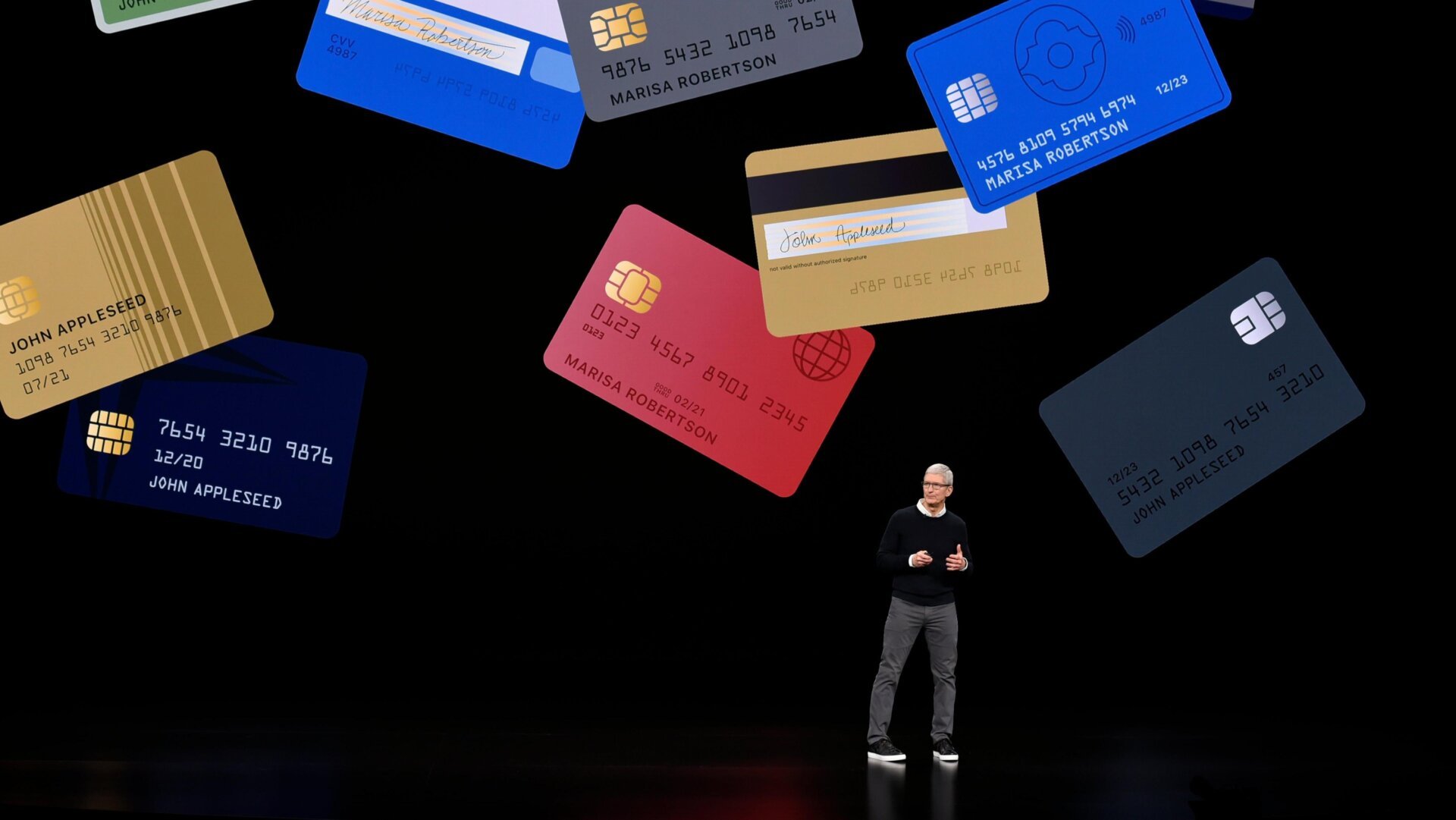Introduction to Apple’s Credit Card Processing Deal
Visa has reportedly offered $100 million to Apple to take over payment processing for its credit card, potentially replacing Mastercard. This move comes as Apple is in the process of replacing Goldman Sachs as the issuing bank of Apple Card, following Goldman’s decision to exit the consumer lending business.
The Bidding Process
The offer was reported by the Wall Street Journal, which notes that American Express is also vying for the deal, while Mastercard attempts to retain the business. Credit card processors like Visa and Mastercard facilitate transactions between the customer’s bank and the retailer, taking a small commission on each transaction. previously, Visa has made similar offers to become the payment processor for other notable credit cards, such as Costco’s.
Background on Apple Card
Apple introduced its credit card in 2019 as a means to boost customer loyalty and generate new revenue streams. The company earns a percentage of transaction fees and a portion of the earnings from the high-yield savings accounts offered through Goldman. However, Goldman reportedly ended its partnership with Apple due to significant financial losses resulting from offering the card to customers with low credit scores, as demanded by Apple. Additionally, Goldman was unable to charge annual fees for the Apple Card, a common feature of premium credit cards.
Potential Earnings for the New Partner
Despite the challenges, the WSJ reports that Apple Card customers currently carry $20 billion in balances, presenting a substantial earning potential for the company that takes over the business, provided they can manage it more effectively than Goldman.
Concerns Among Financial Companies
Financial institutions are concerned that Apple may further cut them out of the business if it decides to exert more control over the payments stack, a trend consistent with Apple’s traditional approach to product control.
But there’s a much bigger picture with Apple. The tech giant is increasingly becoming the epicenter of many consumers’ daily payments and other financial habits. Big banks and networks for years have been wary of Apple’s ambitions and have developed a frenemy relationship, taking steps to keep the tech giant from making more inroads in consumer finance, while seeking to be close to Apple.
The network that locks in this deal is expecting to stay close to Apple’s future payments efforts.
Regulatory Issues
Late last year, Apple and Goldman were fined $89 million by the Consumer Financial Protection Bureau due to issues with the Apple Card rollout, including inadequate customer support and unclear terms for zero-interest finance deals on Apple website purchases. The CFPB found that cardholders mistakenly assumed all Apple.com purchases made with the card were eligible for zero-interest financing, when in fact, specific conditions had to be met.
Comparison with Other Credit Cards
While Apple’s credit card is a solid product, other credit cards on the market offer more appealing perks without requiring the use of an iPhone. For instance, Apple forces customers to use Apple Pay to receive 2% cashback on spend (with select merchants offering 3% back), whereas using the physical card only earns 1% cashback. Moreover, the card lacks benefits found in other cards, such as purchase protection or access to exclusive lounges.
Conclusion
In reality, numerous other credit cards offer the same cashback as the Apple Card, along with additional benefits, without confining users to the Apple ecosystem.
Source Link





